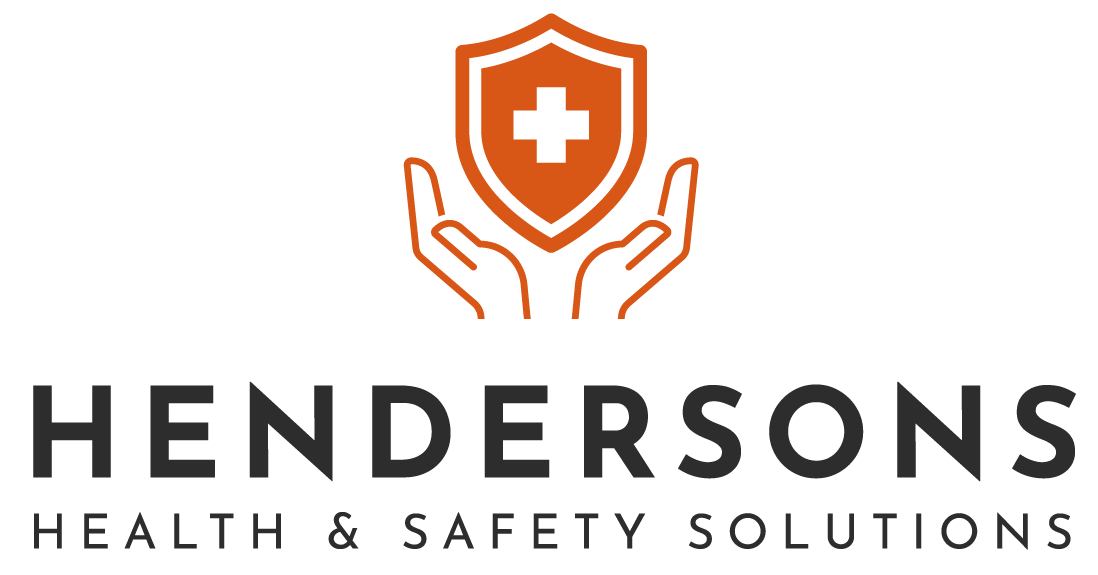As Health and Safety Consultants, we bring extensive expertise in conducting inspections on large housing developments comprising hundreds of units. These projects often span multiple construction phases, each presenting unique challenges that demand meticulous planning, collaboration, and oversight to ensure the safety of everyone involved.
Managing health and safety across diverse phases—from initial groundwork to the final fittings—requires adaptability, precision, and a proactive approach. One of our key responsibilities is ensuring scaffolding compliance, especially with frequent handovers and unpredictable weather conditions. We work closely with site managers to ensure scaffolds are thoroughly inspected, correctly tagged, and maintained in a safe condition, meeting the standards of the Construction (Design and Management) Regulations 2015 (CDM 2015). This is crucial in safeguarding workers and upholding legal compliance.

The diversity of trades on site—such as bricklayers, roofers, electricians, and plasterers—introduces a wide array of hazards, ranging from straightforward to highly complex. We tailor safety measures to the specific needs of each trade. For instance, we address trip hazards for groundwork operatives, implement robust edge protection for roofing activities, and oversee the safe operation of lifting equipment in line with the Lifting Operations and Lifting Equipment Regulations 1998 (LOLER). We ensure lifting gear is regularly inspected, maintained, and used safely to mitigate risks.
Ensuring Safety and Compliance
In addition to hands-on safety management, we focus heavily on the equipment used throughout the project. Compliance with the Provision and Use of Work Equipment Regulations 1998 (PUWER) is a core part of our inspections. Whether assessing machinery on-site or reviewing tools provided to workers, we ensure equipment is safe, appropriately maintained, and suitable for its intended tasks. By identifying and addressing potential hazards early, we reduce risks and foster a safer working environment.
Another crucial aspect of our work involves the development, review, and ongoing amendment of legal compliance documents. We ensure all health and safety plans, risk assessments, and method statements align with current legislation and best practices. Feedback from site managers and operatives is integral to this process, enabling us to refine documents and ensure practical implementation on-site. Regular review ensures the compliance framework remains robust and responsive to any changes or developments within the project.
Empowering Collaboration for Unmatched Safety in Housing Developments
Our commitment to collaboration underpins everything we do. By working closely with site managers, tradespeople, and stakeholders, we create a culture of safety that empowers everyone to contribute to maintaining high standards. This holistic approach not only ensures compliance with CDM 2015, LOLER, and PUWER but also fosters a sense of accountability and shared responsibility for workplace safety.
Through our expertise, dedication, and proactive measures, we provide effective health and safety solutions that allow housing developments to progress smoothly while prioritising the well-being of all involved. Together, we help our clients navigate complex regulations and achieve operational excellence.




